Harnessing the Power of Google AI Digital Marketing and Shopping Ads to Boost Your Marketing Strategy
In the ever-evolving world of digital marketing, staying ahead of technological innovations is crucial for success. One of the most impactful advancements recently has been the integration of Google AI into Shopping Ads. As eCommerce continues to thrive, leveraging Google’s cutting-edge AI capabilities allows businesses to refine their ad strategies, reach potential customers more effectively, and ultimately increase conversions. This article explores how Google AI enhances Shopping Ads, the benefits it offers to advertisers, and the future of AI-driven ad strategies.
Google AI Digital Marketing Role in Shopping Ads
Google has been at the forefront of integrating artificial intelligence into its advertising ecosystem. With the launch of Google Shopping Ads, advertisers have the ability to showcase their products directly in search results, making it easier for customers to find exactly what they are looking for. The introduction of AI into this space has further amplified the effectiveness of these ads.
Google AI digital marketing powered tools help create more dynamic, personalized ads by analyzing vast amounts of data from user behavior, preferences, and search patterns. For example, Google’s AI can analyze users’ search history, geolocation, and even the devices they use, to deliver highly relevant product ads that are more likely to convert.
Google AI Digital Marketing Improved Targeting and Personalization
One of the key benefits of integrating Google AI into Shopping Ads is the ability to target customers with more precision. AI algorithms continuously learn from user interactions, allowing advertisers to reach the right audience at the right time with relevant product recommendations. This means that ads are no longer just based on generic keywords; instead, they are tailored to reflect individual consumer intent.
For example, if a user frequently searches for a specific type of running shoe, Google AI can recognize this pattern and show ads for those shoes the next time they search. The result is a more personalized shopping experience, which not only enhances customer satisfaction but also increases the likelihood of conversions.
Google AI Digital Marketing Optimized Ad Performance
Google’s AI digital marketing is designed to optimize ad performance by automatically adjusting bids and ad placements based on real-time data. Through machine learning, Google AI can analyze countless variables—such as user behavior, competition, and seasonal trends—to ensure that each ad is shown to the right audience at the optimal time.
For advertisers, this means less manual effort in managing campaigns. The AI does the heavy lifting, allowing businesses to focus on creating compelling product listings and developing strategies to engage their target audience. As a result, advertisers can see better returns on investment (ROI) while spending less time on manual optimization.
Google AI Digital Marketing Visual Search and Shopping Integration
Another breakthrough feature powered by Google AI is Visual Search. This technology enables users to search for products by simply uploading an image. Google’s AI then analyzes the image and presents relevant Shopping Ads based on the visual content.
For example, a user could take a photo of a jacket they like while browsing in a store and Google will show similar jackets available for purchase online. This feature opens up new opportunities for advertisers to connect with consumers in more organic and visual ways.
Moreover, Google has recently integrated Shopping Ads with Google Lens, its visual search tool, enabling users to search for products using pictures rather than text-based queries. As this AI technology improves, the user experience will become even more seamless, offering a highly intuitive way to shop.
The Future of Google AI Digital Marketing and Shopping Ads
As AI technology continues to evolve, we can expect even more sophisticated features for Google Shopping Ads. Enhanced features such as AI-driven content creation, dynamic ads that adapt to user behavior, and more advanced visual recognition are just the beginning. In fact, AI integration into Google Shopping Ads is expected to significantly influence the way businesses interact with customers.
The future of Google AI digital marketing will likely involve even greater reliance on AI and machine learning to predict consumer behavior and deliver hyper-targeted, relevant ads. As businesses adopt these advanced tools, those who embrace Google’s AI-powered Shopping Ads will be positioned to gain a competitive edge in an increasingly crowded marketplace.
Conclusion
The combination of Google AI digital marketing and Shopping Ads offers a powerful, data-driven approach to digital marketing. By harnessing the potential of AI, businesses can improve targeting, increase ad relevance, and optimize ad performance with minimal effort. As AI technology continues to evolve, advertisers will have even more opportunities to create personalized, effective ads that resonate with their audiences. Embracing these advancements now can lead to better customer engagement, higher conversion rates, and ultimately, greater business success. To stay competitive in the ever-changing digital landscape, it’s essential to keep up with these innovations and implement Google AI and Shopping Ads as part of your broader marketing strategy.
